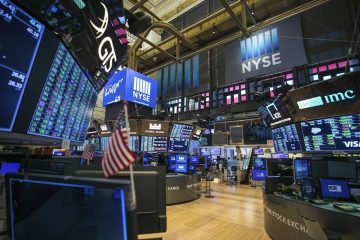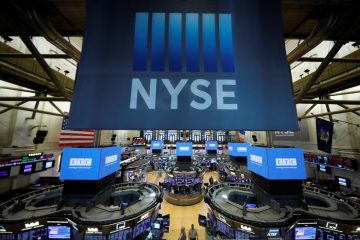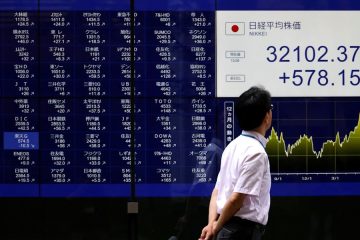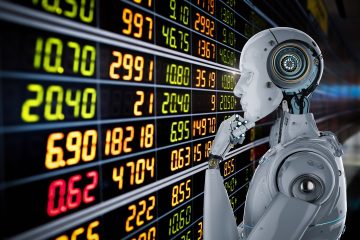The market for driverless cars will head towards monopoly
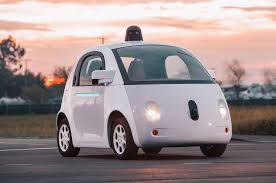
THE race to bring driverless cars to market is fierce and crowded. All the leading carmakers are in the field: on May 31st SoftBank’s Vision Fund said that it would invest $ 2.25bn in the autonomous vehicle (AV) arm of General Motors. So are tech upstarts, from Uber to Tesla to Waymo, Alphabet’s self-drive division and the leader in driverless technology, which recently announced plans to add 62,000 minivans to the fleet of cars that will make up its autonomous ride-hailing service. Intense competition has both benefits and costs, but will probably prove short-lived. Thanks to powerful economies of scale, the roads may soon be ruled by no more than a handful of firms.
The advantages of scale begin with data. Like humans, the computers which power driverless cars improve with experience. The computers sitting in AVs are essentially in the business of learning and improving on what a good human driver would do, write Ajay Agrawal, Joshua Gans and Avi Goldfarb in their new book, “Prediction Machines”. The more data they have, the better they become at predicting whether that blur ahead is a pedestrian or sunlight reflecting off the road, and reacting accordingly. And the more miles under an AV project’s belt, the more unusual events—a moose in the road, say—the system faces.
Fortunately such lessons, once learned by computers, are not forgotten, and can be drawn upon by every vehicle using the same software. This, and the fact that AVs never fall asleep at the wheel or pull their eyes from the road to check their phone, suggests that driverless cars should ultimately be far safer than the human-driven sort, which contribute to the roughly 1.25m road deaths each year worldwide, a bigger body-count than malaria. But some AV systems will be safer than others. Those that beat competitors on safety and general reliability will attract more drivers and corporate partners, allowing them to gather more data still.
Regulators might further thin the field, by forcing firms with poor safety records to curtail testing or by setting standards that only the best can meet. Indeed, performance gaps could create ethical quandaries for governments: should the safest firms be forced to share their technology; should they be given exclusive rights to the roads; should policymakers tolerate preventable deaths in cars using inferior software? Such questions might not remain academic for long. Between December 2016 and November 2017 Waymo reported three collisions in 350,000 miles (560,000km) of driving in California; GM, the nearest American competitor, had 22 in 132,000. Neither has been involved in a fatal accident, as Tesla and Uber have.
Scale will yield still other benefits. Though some people will want their own driverless cars, the market is likely to favour AV-based ride-hailing services. Driverless cars will not come cheap. But cars used in ride-sharing services will cost less per mile than personal vehicles, which spend much of their time sitting idle. Maintenance and other costs should be lower for fleets of hailable AVs, because centralised facilities ought to enjoy productivity advantages over distributed mechanics’ shops, and because individual owners are at an informational disadvantage to their mechanics, which creates opportunities for overcharging.
Individual owners might nonetheless shell out for the convenience of a car at their personal beck and call. Yet car-hailing services, like bike-sharing businesses, become more useful as their user-base grows. The more riders there are in an area, the more vehicles it pays to operate, and the more likely a user is to find an open ride nearby. If waiting times fall to almost nothing—as clever AVs learn to roll up at the time you usually leave home or work—the extra value of having your own car will fade.
Convenient, safe AVs, which allow riders to nap rather than mind the wheel, should reduce the hassle of travelling by car. That creates a potential snag: people may travel more, making congestion worse. Ironically, though, scale could fix this too. Congestion occurs because individual drivers do not take into account the inconvenience they cause to others. One way to solve this is to force drivers to bear those costs, by charging them a fee. But governments’ plans to introduce congestion tolling are unpopular—and charging is consequently rarer than chronically jammed highways.
But a ride-hailing service which grew to account for a substantial share of traffic would face a different set of incentives. Congestion costs imposed by one of its cars on another would be internal to that firm, which would have both the reason and the ability to do something about it—by varying prices with demand, perhaps, or by offering reduced rates to customers willing to share a car. Other cars or services could attempt to free-ride on the free-flowing traffic created by dominant firms. But concentrated control over roadways could make the politics of road fees more tractable: as the winning firms’ bargaining power rose, as fewer middle-income households owned their own cars, and especially if, as Daniel Rauch and David Schleicher of Yale University suggest, AV firms join with governments to provide public transport and mobility services.
Waymo regulation
Assuming, that is, that governments do not take a much larger role in the market. Historically, scale economies in transport, from railways to public transit, pushed systems towards monopoly and eventual government interference. Economies of scale will likewise thin the ranks of driverless contenders and create pressure for government involvement. Driverless cars might not be much faster than those controlled by humans. But the market could go from cut-throat competition to oligopoly to state control with extraordinary speed.
This article appeared in the Finance and economics section of the print edition under the headline “Road hogs”
